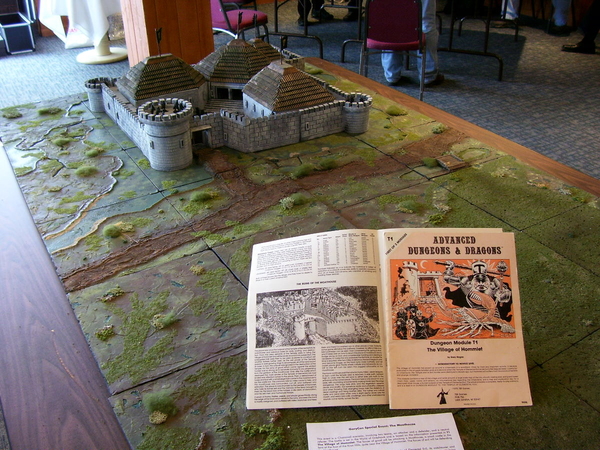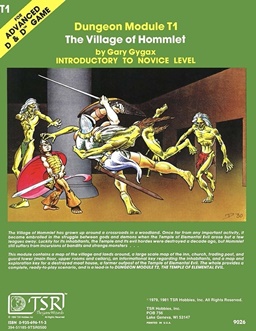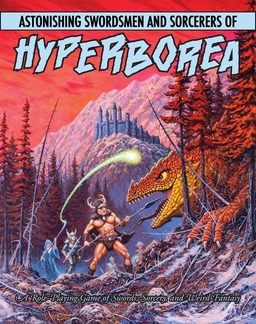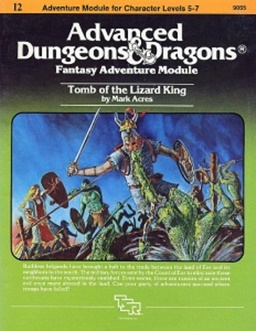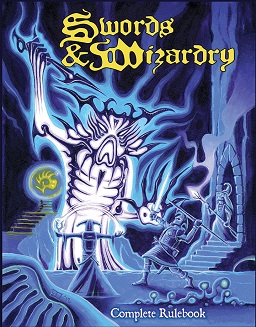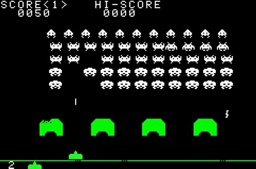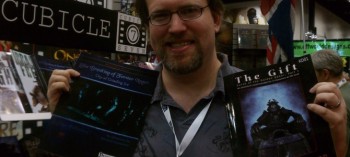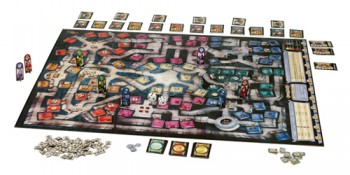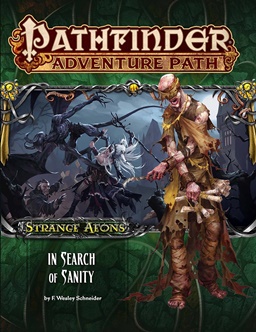Modular: Everything You Ever Wanted to Know About The Temple of Elemental Evil
Chainmail re-enactment of T1: The Village of Hommlet
at Garycon II, 2010 (click for bigger version)
Okay — maybe a bit of hyperbole there. About a month ago, I wrote about my favorite AD&D module, T1 – The Village of Hommlet. I mentioned that its follow-up, The Temple of Elemental Evil, was delayed for several years before Frank Mentzer completed it. Read on to learn about how Gary Gygax developed Hommlet and the Temple through play sessions and my deduction of why Temple was delayed for a few years.
Gygax and Rob Kuntz were constantly adding new levels and different environments to the dungeons under Castle Greyhawk as the players continued to eat up new content, always wanting more. Gygax began focusing his attention on developing a new region, with a campaign focusing on Hommlet and the Temple of Elemental Evil. With his game simply growing too big, Gygax split it, giving Greyhawk and its dungeons to Kuntz while he continued to work on Hommlet and the Temple.
Gygax’ son and a friend were starting to play, so Gary used the Hommlet campaign as a new, low level adventure for them, distinguishing it from the high level Greyhawk play. Gygax was busy developing TSR products and the Greyhawk Supplement (I) had come out for the Original Rules.
The Hommlet campaign was different than the Greyhawk dungeon delves. There was a village, with a smithy, an inn, a local elder, set in a rural environment. The party could role play in the village then move on to the dungeons of the Temple. It’s possible that Gygax ran players through some iterations of Hommlet and the Temple in late 1975 and into 1976.
